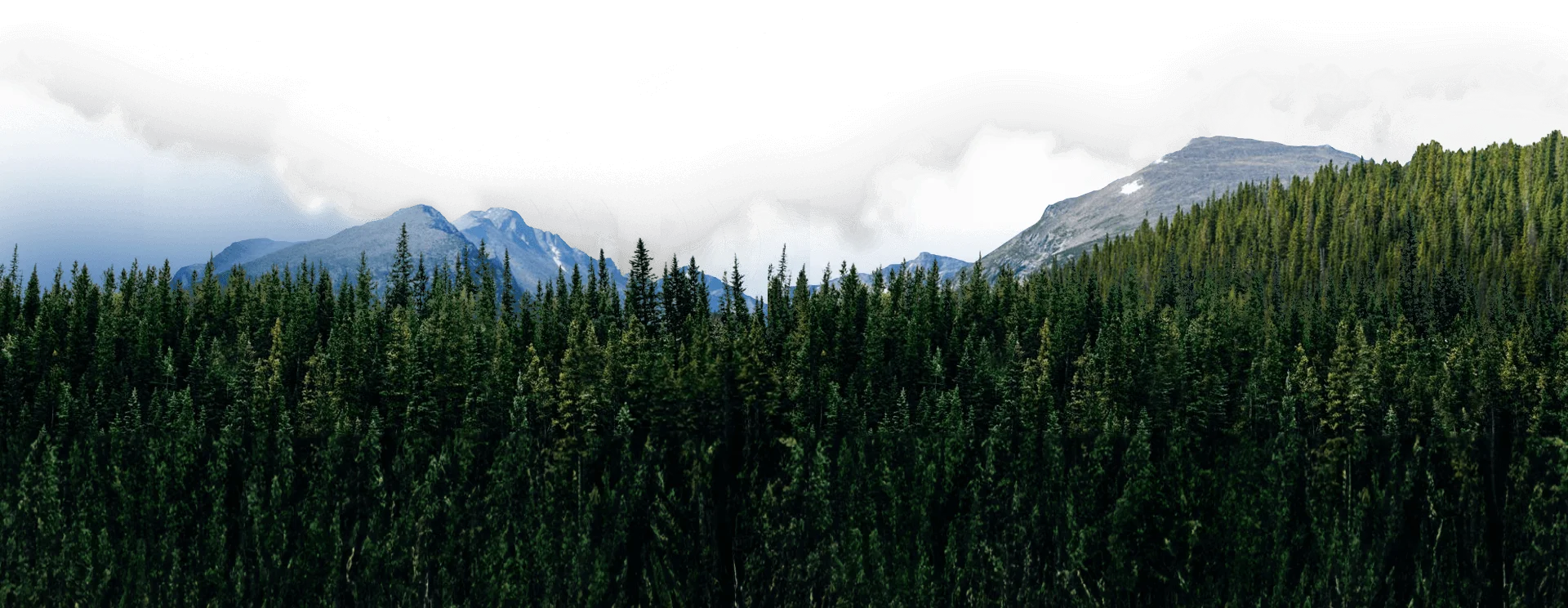Written by Sarah Spalla
The sun is shining here in Colorado and it finally feels like spring may be around the corner. After a long, snowy winter folks are packing away the skis and dusting off the boating gear for summer! Our state has no shortage of river running options; from family floats to the adrenaline pumping sections, Colorado doesn’t disappoint when it comes to whitewater. While most sections have a “typical” difficulty rating, the nature of whitewater can drastically change with fluctuating river levels. While us river rats live for high water trips, there are certainly pros and cons for different flows.
Terms to Know
To understand how river levels can affect a river trip, here’s a few terms that are good to understand.
CFS: CFS stands for cubic feet per second. Cubic feet per second is the unit in which guides, rangers, and other professionals measure the volume of water in the river.
Current: The current is the water’s natural flow downstream. Consequently, all the water may be flowing downstream. Look for the fastest moving water. This is called the “main” current. River guides like to find the main current to maximize the movement of downstream travel to conserve energy.
Eddy: When water flows back upstream in an area void of the current an eddy forms. They typically form along a river bank where the water has been previously deflected by an obstacle. They can vary in size. Some are barely big enough for one or two rafts, while others are a hundred yards long. Eddies make great spots to pull in to slow down (if waiting for other rafts). They are also ideal to pull into to park for a hiking excursion or to make camp. “Eddy out” or “catch an eddy” is one of the most popular whitewater river terms.
Hydraulic/Reversal or Hole: These terms are generally used to describe a specific feature in the river. These are features formed when the river passes over the top of a rock, ledge or other obstacle in the river. When the river current passes over the obstacle, it travels deep toward the bottom of the river and “reverses” back onto itself. Larger or more powerful “holes” can easily stop and flip rafts. Smaller and less powerful “hydraulics” can be used to “surf” and provide great entertainment for the entire raft.
Whitewater has a uniform class system that tour operators across the world use to rate a river:
Class I: Few rapids, minimal waves, and no obstructions.
Class II: Still very mild, yet more frequent rapids with few obstructions.
Class III: Waves under four feet with some obstructions.
Class IV: Long, difficult rapids. Scouting is a must from here up.
Class V: Large waves, complex rapids in succession, and difficult routes.
Class VI: The maximum difficulty. Unrunnable.
High Water
During the spring when temperatures start to warm, we’ll see some gradual increase in river flows. When temps start to stay above freezing at night is when the snowmelt really starts to increase, and rivers begin to boil. Historically Colorado rivers see peak flows the 2nd week of June.
High water can have numerous effects on rivers. Rapids are formed by rock formations and gradient drops; water levels can determine if that big boulder is an obstacle to navigate around or if it forms a man eating hydraulic. Some rapids can increase with difficulty when those boulder gardens turn into massive waves. However, some tight, technical rapids can “wash out” meaning the amount of flow has essential covered the rapid up making it easier to navigate.
High flows usually mean a more difficult, high risk trip. Not only are the waves and holes bigger but since the river is flowing faster the time to recover from a swim greatly decreases since eddies can be few and far in between. If you choose to boat at higher flows make sure you are prepared by booking a trip with a reputable outfitter or choosing your rafting buddies carefully. Having extra safety with more rafts (and competent boatmen) will help keep the risks at bay since you can assist each other if needed.
While highwater is more challenging it can certainly be the best time to enjoy the power of water as it crashes downstream.
Medium Water
In general, medium flows is how most folks experience the river since it is mid summer and folks are on vacation! Usually July to Mid – August most Colorado rivers will be at a more average flow. This is a great time to get the family out to have some whitewater fun. Most rivers are a bit more manageable at this point while still having waves big enough to soak everyone! The water is usually starting to warm up a bit, (although it never really gets above 50 degrees).
Low Water
During August and September river levels drop however it can still be a great time to go boating. Lower flows may not provide the big crashing waves but that certainly doesn’t mean all rapids are easier! While most hydraulics and wave trains are smaller that means more rocks are showing requiring some tight maneuvering to prevent hitting (and perhaps high siding) off them. Don’t let the slower flows fool you into thinking you don’t need to pay attention. One of my flips occurred at only 280 CFS!
Weather is usually pleasant and more dependable this time of year. It’s a great time to hop on those smaller crafts like kayaks and paddleboards and the water is warmer so it’s also a great time to do some swimming and cliff jumping!
If you are an angler, the lower water months are ideal for landing that lunker of a trout. Since the water clarity improves with less run off, fishing is usually off the charts this time of year. Often you can spot fish in a quiet eddy since the water is so clear. A quiet September morning fishing on the Colorado is one of my favorite ways to enjoy the river.
When the snowmelt comes gushing down the mountains and cascades into the river it signals spring here in the West. One of the magical things about rivers is they are dynamic and always changing…from month to month and sometimes even hour to hour. Different water level can provide a mix of whitewater experiences as the season progresses and taking water levels into account can help you plan the kind of trip you’re looking for.











